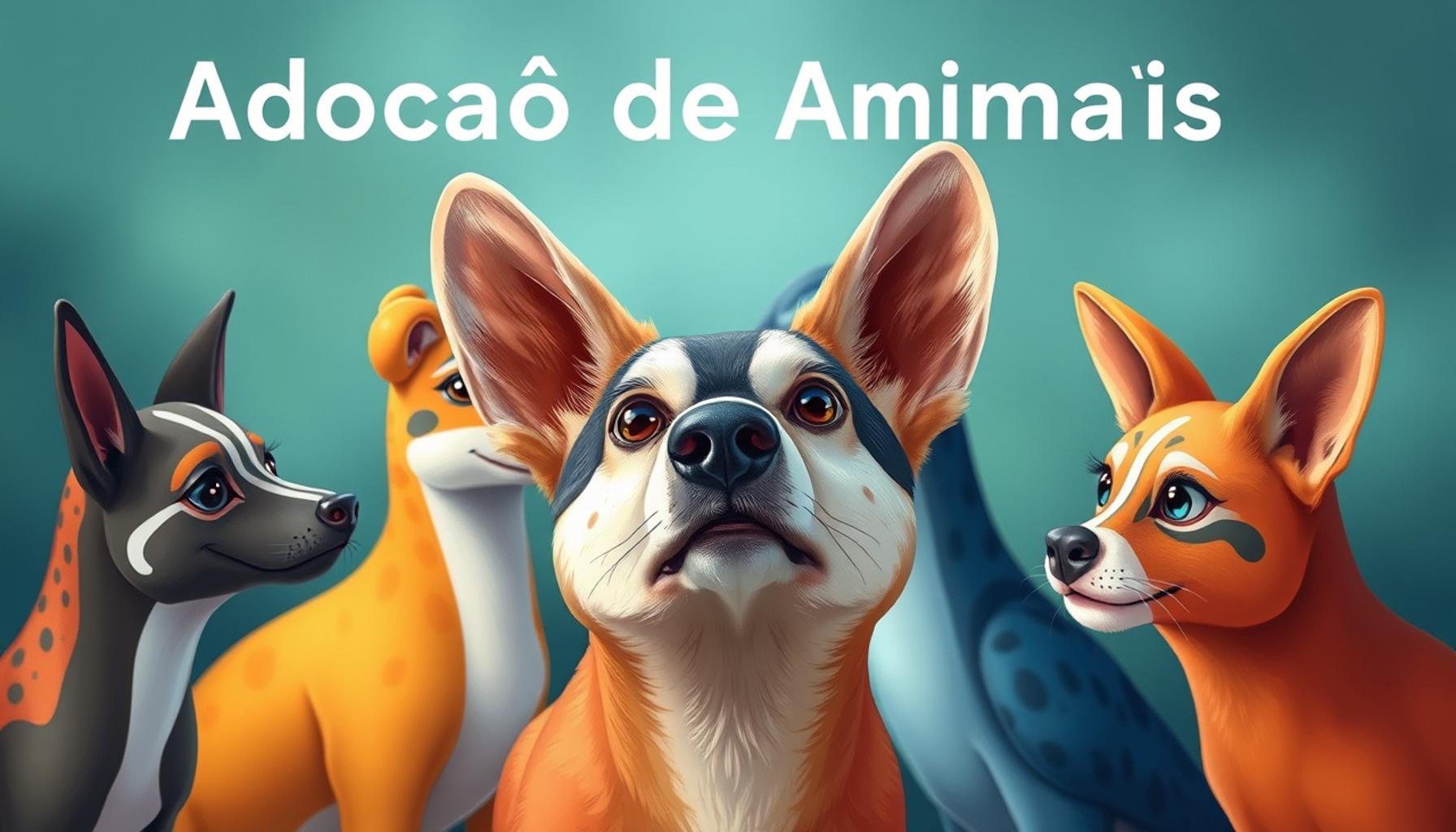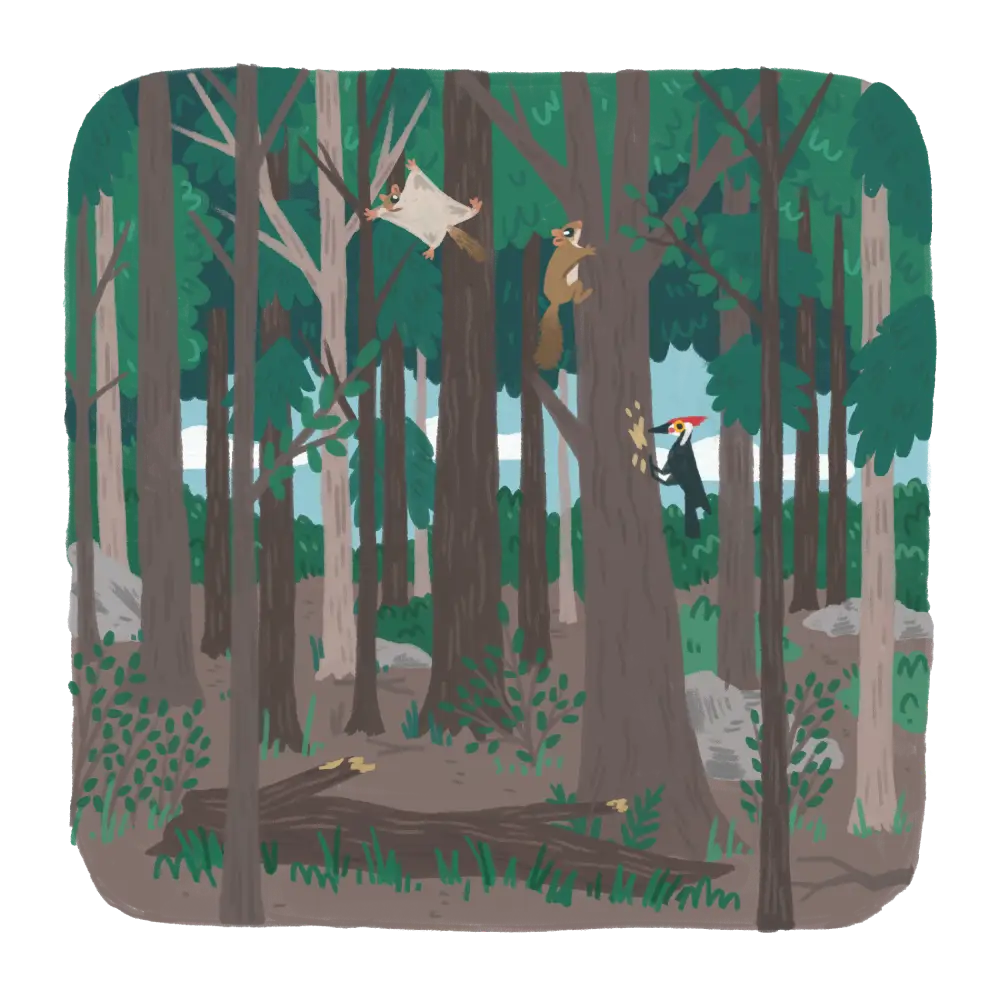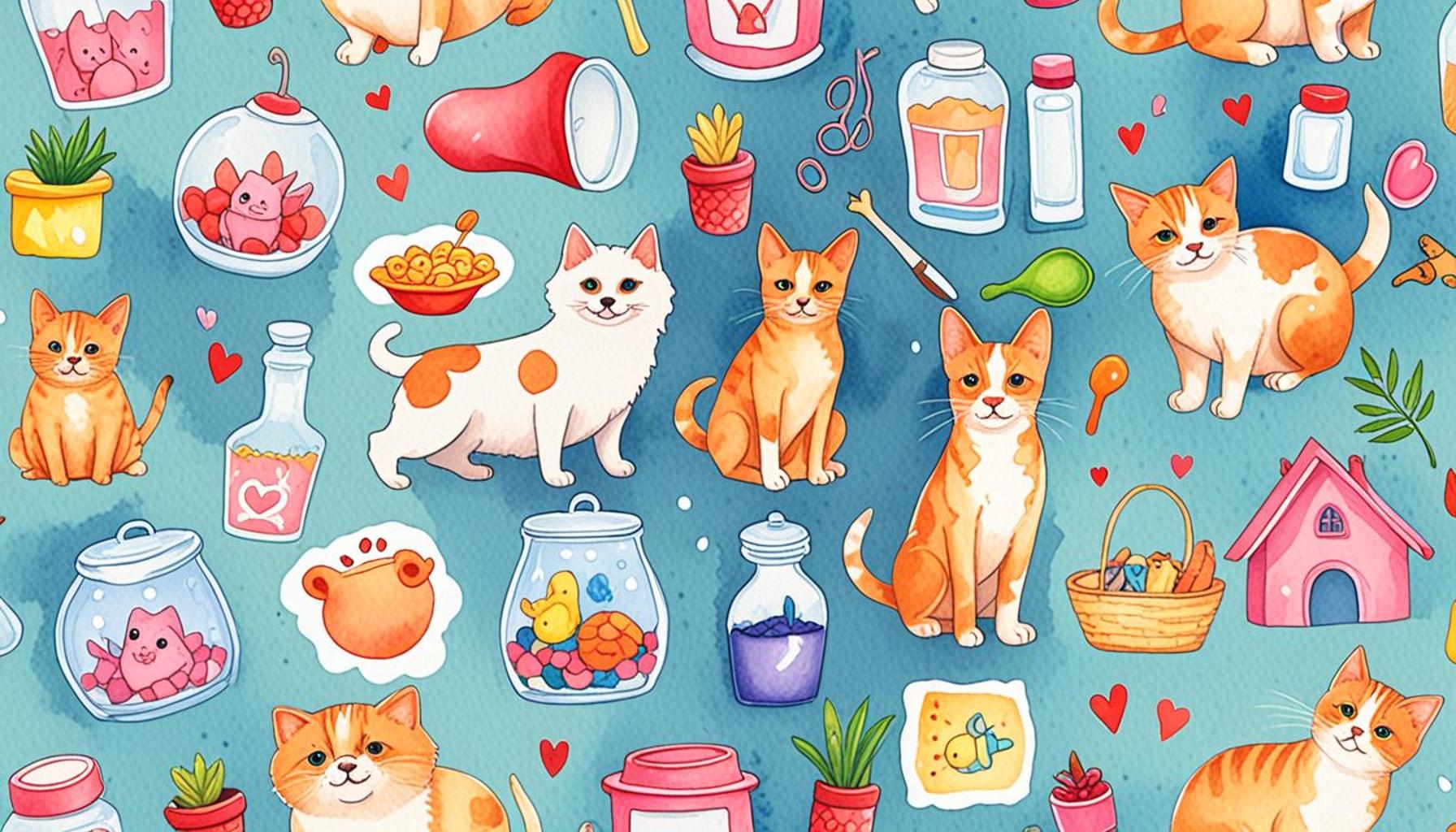Animal Adoption and Diversity: Understanding the Inclusion of Less Adopted Breeds and Species

Understanding Adoption Challenges
Every year, millions of animals enter shelters across the United States, seeking the warmth and love of a permanent home. While numerous dog and cat owners gravitate toward trendy breeds such as Labradors, French Bulldogs, or Siamese cats, many less adopted breeds and species remain overlooked. These often-and-from-a-different-angle animals—like mixed breeds, senior pets, or even unique small mammals—struggle against a backdrop of misconceptions and societal preferences that hinder their chance for adoption.
Barriers to Adoption
Understanding why certain breeds and species are frequently passed over is instrumental in promoting a richer and more inclusive approach to animal adoption diversity. One key barrier arises from misconceptions about their nature and care requirements. For instance, mixed breed dogs are often perceived as having uncertain temperaments or health issues, despite studies showing that they can be just as loving and capable as purebreds.
Furthermore, there is a significant lack of awareness regarding breed-specific traits. For example, many people may not realize that senior dogs, despite age-related quirks, often come with the advantage of being trained, calm, and already accustomed to family life. This information could help shift perspectives and encourage potential adopters to consider giving these older pets a second chance.
Packaging these narratives into the broader scope of societal preferences reveals various cultural influences. The media often glorifies specific breeds, creating a bandwagon effect where exotic pets or trendy pups receive the spotlight, leaving equally deserving animals in the shadow. The public’s favor for bulldogs or golden retrievers can lead to an unconscious bias against less popular animals, such as rabbits or guinea pigs, who equally possess vibrant personalities and companionship capabilities.
Spotlight on the Underappreciated
Less adopted animals frequently include mixed breeds, which have the advantage of diverse genetic backgrounds, potentially leading to fewer health complications. Senior dogs and cats are treasures in disguise, offering loyalty and love without the more demanding energy of younger pets. Special needs pets, who may require extra care or adaptations, present fulfilling opportunities for knowledgeable and dedicated adopters. Lastly, there are uncommon species like rabbits and guinea pigs, who can bring unique joys and are often easier to care for in smaller living spaces.

Sharing the heart-touching stories and remarkable qualities of these overlooked animals serves a dual purpose: it enlightens the public and instills hope in those awaiting adoption, showcasing that every pet, regardless of breed or background, has a unique story to tell. By fostering an understanding that every animal deserves a loving home, we can pave the way towards a more enriched community well-being and the betterment of animal welfare across the nation.
DISCOVER MORE: Click here to learn about the benefits of a balanced diet for your pets
Breaking Down the Misconceptions
To effectively address the challenges of animal adoption and diversity, it is essential to confront the pervasive misconceptions that cloud public perception of less adopted breeds and species. Many potential adopters shy away from adopting mixed breed dogs or senior pets due to deeply ingrained biases and misinformation, which can lead to a lack of understanding about their personalities and care requirements.
For instance, consider mixed breeds. While some individuals view them as unpredictable or a potential gamble in terms of behavior and health, studies suggest that they often inherit beneficial traits from both sides of their lineage. According to the American Veterinary Medical Association, mixed breed dogs tend to show greater genetic diversity, which can result in stronger immune systems and reduced susceptibility to ailments compared to purebred counterparts. This scientific understanding undermines the pernicious myth that mixed breeds are inherently inferior.
The narrative surrounding senior animals is equally steeped in misunderstanding. Many people overlook senior pets due to a belief that they won’t be as energetic or trainable as younger animals, yet adopting a senior dog or cat can bring considerable advantages. These animals generally have established temperaments, making them suitable companions for families, singles, or seniors alike. Moreover, adopting a senior pet often lessens the burden of initial training and socialization, allowing adopters to skip straight to enjoying their new pet’s company.
Understanding Breed-Specific Traits
Building awareness of breed-specific traits allows prospective adopters to appreciate what less popular pets, including special needs and uncommon species, can offer. Here are a few key points on underappreciated animals:
- Mixed Breeds: The diverse genetic background of mixed breed animals may often translate into healthier lifespans and varying personality types that appeal to many potential owners.
- Senior Pets: These lovable companions often come with training and experience, making them beneficial for families looking for a low-maintenance addition.
- Special Needs Pets: Animals requiring special care can foster rewarding relationships for dedicated owners and showcase the beauty of overcoming challenges together.
- Uncommon Species: Creatures like rabbits and guinea pigs not only serve as engaging companions but are also typically low-maintenance pets that fit well into smaller living arrangements.
By highlighting the rich array of characteristics found in these less favored breeds and species, a deeper understanding can be cultivated among the public. These narratives challenge the superficial allure of popular pets, ultimately reshaping perceptions that can lead to compassionate decisions in animal adoption. Every animal has a unique story and a potential to thrive in a loving home, and combating these misconceptions is vital for fostering a more inclusive environment for all animals seeking adoption.
| Category | Advantage |
|---|---|
| Less Adopted Breeds | Increase Genetic Diversity in pet populations. |
| Rarity of Species | Promotes Awareness of endangered breeds and species. |
Diving deeper into the world of animal adoption and the need for inclusivity, it becomes clear that focusing on less adopted breeds not only benefits individual pets but also enhances the overall health of animal populations. With so many people gravitating towards popular breeds, this trend results in a concerning uniformity. By considering less adopted breeds, potential pet owners can contribute to genetic diversity, crucial for the stability and health of the species.Moreover, adopting less common breeds and species plays a key role in raising public awareness about biodiversity. It allows shelters and organizations to educate communities on the richness of different animals, particularly those that are endangered or face extinction. Increasing awareness can lead to better-funded rescue efforts and initiatives aimed at preserving these unique breeds, making a significant impact in animal welfare and conservation. The more we learn about these breeds, the better prepared we are to advocate for their needs and rights.
DISCOVER MORE: Click here to learn about balanced nutrition for your pet
The Role of Community Education and Awareness
To foster greater acceptance and understanding of less adopted breeds and species, community education and awareness initiatives are paramount. These programs can help dismantle biases that deter potential adopters from considering mixed breeds, senior pets, and special needs animals. By providing accurate information and showcasing the benefits of adopting these animals, communities can create an inclusive atmosphere that encourages compassionate decision-making in animal adoption.
One effective approach is through educational workshops and seminars that focus on the unique qualities of less popular breeds. Local animal shelters and rescue groups can host events that address common misconceptions. For example, demonstrations featuring senior pets can highlight their affectionate nature and compatibility with various home environments. Interactive sessions that allow potential adopters to meet and interact with mixed breed and special needs animals can challenge existing stereotypes and illustrate the joy these animals can bring to families.
The Power of Success Stories
Sharing success stories from previous adopters who have welcomed less favored breeds into their homes can significantly influence others. These narratives not only provide emotional resonance but also showcase the positive experiences that can result from adopting special needs or senior pets. Social media platforms serve as a powerful tool in amplifying these stories. Engaging posts featuring heartwarming testimonials can inspire a community to reconsider their preconceived notions about these animals and encourage newfound interest in adoption.
Additionally, rescue organizations can collaborate with local media outlets to run feature stories or segments dedicated to homeless animals awaiting adoption. Such initiatives can raise awareness around the specific needs of mixed breeds, senior pets, and uncommon species, encouraging the public to view them as valuable companions rather than burdens. The more visibility these animals receive, the more likely potential adopters are to recognize their worth.
Highlighting Health and Behavioral Advantages
The health and behavioral advantages of adopting less sought-after breeds and species also warrant attention. For instance, many mixed breed dogs are less prone to hereditary health issues common in purebreds. Articles and blog posts focusing on these benefits can help shift public perception. Furthermore, some less popular animals are known to exhibit unique traits that can make them ideal fits for certain lifestyles. For example, larger or less common breeds such as the American Bulldog or the Spanish Water Dog can be perfect companions for active families, yet they often sit on the sidelines while smaller or “trendier” breeds get all the attention.
Special needs animals, too, can offer exceptional companionship. The efforts required to care for these pets often lead to deep emotional bonds between the pet and owner, reminding us that challenges can foster remarkable relationships. Programs focused on the training and care required for special needs animals can equip potential adopters with the necessary knowledge to provide loving homes while elevating their chances of success.
Ultimately, it is paramount for society to realize that animal diversity contributes to a richer life experience—both for humans and the pets they choose to adopt. By promoting an inclusive approach to animal adoption through education, real-life examples, and highlighting unique advantages, communities can redefine what it means to be a responsible pet owner, welcoming all breeds and species into loving homes.
DISCOVER MORE: Click here to learn about effective training techniques for your cat
Conclusion: Embracing the Full Spectrum of Animal Companionship
In a world where the desire for pet companionship continues to rise, the focus on animal adoption must extend beyond the popular and trendy breeds. Embracing animal diversity is not only about rescuing animals in need but also about enhancing our lives through the unconditional love and joy that less adopted breeds and species can offer. As highlighted throughout this discussion, community education plays a vital role in changing perceptions, dismantling biases, and fostering understanding regarding mixed breeds, senior pets, and those with special needs.
The sharing of success stories is essential in bridging the emotional gap between potential adopters and these oft-overlooked animals. As real-life tales of bonding and companionship circulate within communities, they inspire others to step out of their comfort zones and consider adopting pets they might have previously dismissed. The health benefits associated with less common breeds, coupled with their unique characteristics, further reinforce the argument that every animal deserves a loving home.
Ultimately, redefining what it means to be a responsible pet owner requires an inclusive approach to animal adoption. By advocating for the adoption of all breeds and species, we not only enrich our lives but also create a more compassionate society. As we move forward, let us champion the cause of diversity in animal adoption and remember that every animal has a story, a personality, and a place in our hearts. Together, we can make a meaningful difference, one adoption at a time.


